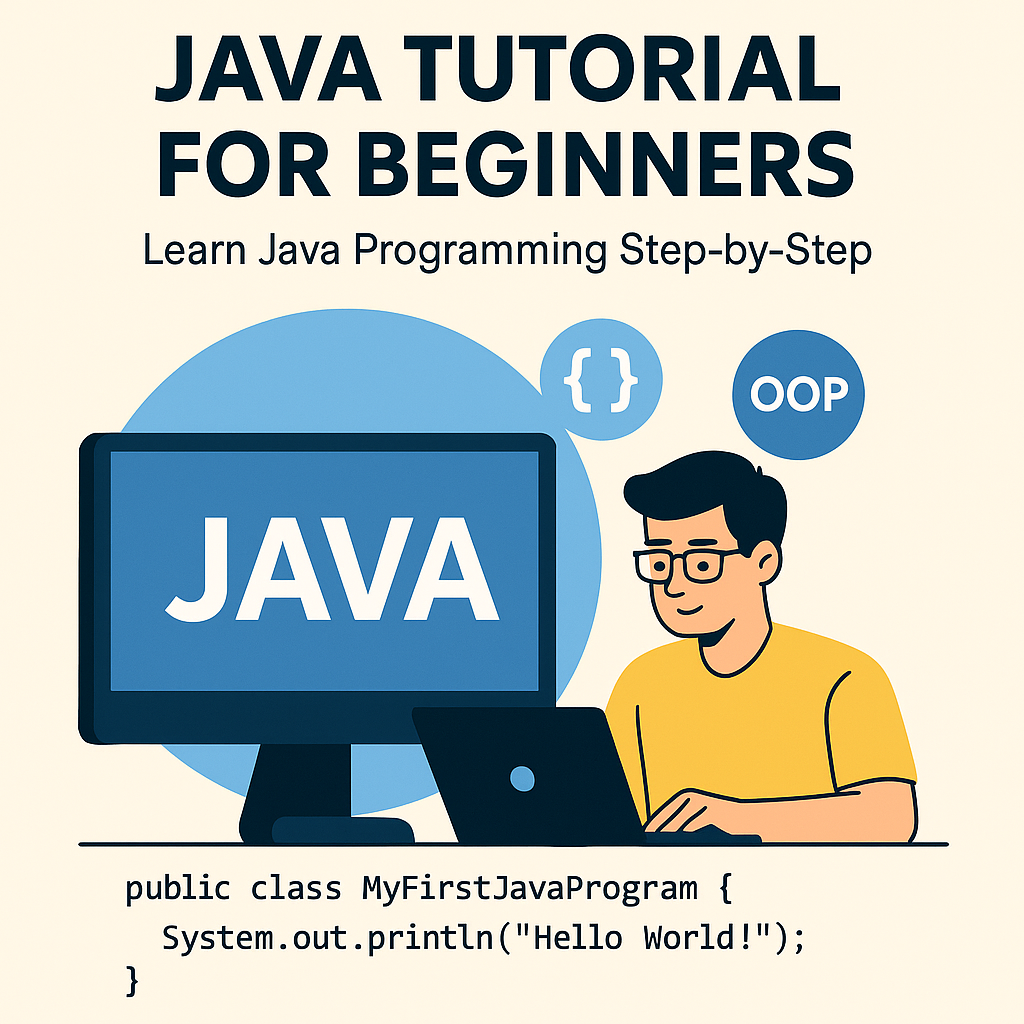Introduction to Spring Framework in Java
Spring Framework in Java architecture showing IoC container, AOP, Spring MVC, and data access integration
Introduction to Spring Framework in Java
Introduction
The Spring Framework is one of the most popular and widely used frameworks in Java for building enterprise-level applications. It provides a comprehensive programming and configuration model that simplifies application development, promotes best practices, and enables developers to create robust, testable, and maintainable applications.
Spring was originally designed to address the complexity of Enterprise JavaBeans (EJB). Over time, it has evolved into a complete ecosystem for web applications, microservices, cloud development, and more.

Key Features of Spring Framework
Inversion of Control (IoC) Container – Manages object creation and dependency injection.
Aspect-Oriented Programming (AOP) – Handles cross-cutting concerns like logging, security, and transactions.
Data Access Integration – Provides simplified access to relational databases with JDBC and ORM frameworks.
Transaction Management – Supports declarative and programmatic transaction handling.
Spring MVC – A powerful web framework for building scalable applications.
Spring Boot – Simplifies application setup with minimal configuration.
Spring Architecture Overview
The Spring Framework is built on multiple modules, which can be used independently or together:
Core Container – Includes beans, core, context, and expression language.
AOP and Instrumentation – Provides aspect-oriented programming.
Data Access/Integration – JDBC, ORM, JMS, and transaction support.
Web Module – Spring MVC and WebSocket support.
Test Module – Unit and integration testing support.
Advantages of Using Spring
Lightweight – Provides modular architecture and requires less configuration.
Dependency Injection – Reduces boilerplate code by managing dependencies automatically.
Integration – Works with popular frameworks like Hibernate, JPA, and Struts.
Testability – Applications are easier to test due to loose coupling.
Community Support – Large active community and documentation.
Spring Example: Dependency Injection
// Service Interface
public interface MessageService {
void sendMessage(String message);
}
// Implementation Class
public class EmailService implements MessageService {
public void sendMessage(String message) {
System.out.println("Email Sent: " + message);
}
}
// Client Class
public class MyApplication {
private MessageService service;
// Constructor Injection
public MyApplication(MessageService service) {
this.service = service;
}
public void processMessage(String msg) {
service.sendMessage(msg);
}
}
// Main Class
public class MainApp {
public static void main(String[] args) {
MessageService service = new EmailService();
MyApplication app = new MyApplication(service);
app.processMessage("Hello, Spring!");
}
}
Spring Ecosystem
Spring Boot – Simplifies development with auto-configuration.
Spring Security – Provides authentication and authorization.
Spring Data – Simplifies database interactions.
Spring Cloud – Builds cloud-native applications.
Spring Batch – For batch processing.
Conclusion
The Spring Framework is the backbone of modern Java application development. Its modular design, dependency injection, and wide ecosystem make it the go-to choice for building scalable, secure, and maintainable applications. By mastering Spring, developers can build applications that are not only powerful but also future-proof.
Table of content
- Introduction to Java
- Java Basics
- Object-Oriented Programming (OOP) in Java
- Exception Handling in Java
- Java Collections Framework
- File Handling in Java
- Multithreading in Java
- Networking in Java
- Java Database Connectivity (JDBC)
- Java Frameworks and Technologies
- Java Interview Preparation
- Additional Java Resources